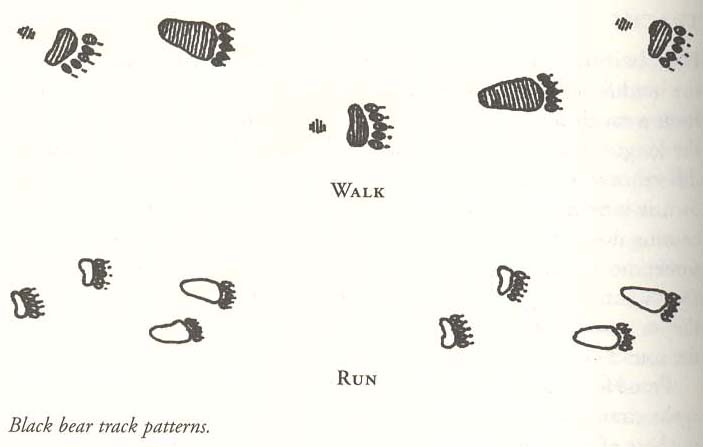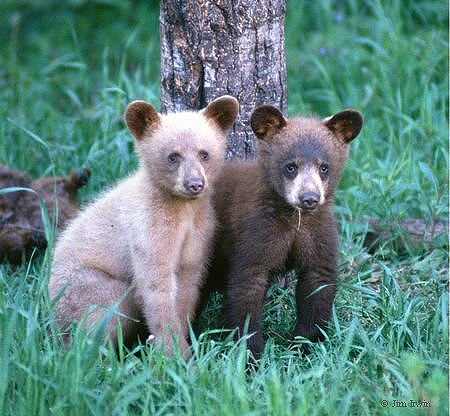The Tahoe Rim Trail sees plenty of bear activity throughout the spring, summer, and fall. Even now, bears are out and foraging aggressively in trashcans, cars, and at campsites. Every year at the TRTA, we get many reports of dismantled bear hangs and destroyed rucksacks all around the trail and especially in Desolation Wilderness. We recommend using bear canisters to store any food while backcountry camping.
There are no grizzly bears at Lake Tahoe and black bears in this region are not typically aggressive towards humans. That said, we routinely get numerous reports of bears taking food from folks who have not stored their edibles and smelly items properly. With a bit of preparation and knowledge, you can share the trail with our Tahoe bears peacefully because the wilderness is really their home first.

Here are some handy tips for backcountry camping in bear country:
Can it instead of hang it! Bear canisters are the preferred method of food storage in the Lake Tahoe area. We do not recommend bear hangs on the Tahoe Rim Trail as bears in this region repeatedly figure them out. Fortunately, it is possible to rent free bear-proof storage containers from the Taylor Creek Visitor Center, Pacific Ranger Station, or the Lake Tahoe Basin Management Unit (LTBMU) Supervisor’s Office.

How to use your bear canister:
- Keep a clean campsite. Store all food, including pre-packaged dried and freeze dried food, in your bear canister.
- Hide your canister at least 100 yards downwind from your tent.
- Hide your canister on the ground in brush or behind rocks.
- Do not place your canister near a cliff or water source as a bear may knock the container around.
- Keep your bear canister closed and locked at all times. While cooking and eating keep an eye out for bears and be ready to quickly put your food away.
- Do not attach anything to the bear canister (ropes attached to the canister may allow a bear to carry it away).
- Trash and any odorous toiletries should also be stored in your bear canister. This includes but is not limited to toothpaste, sunscreen, deodorant, and soaps.
Above list is adapted from The Grand Teton National Park Service Website https://www.nps.gov/grte/planyourvisit/bear_canisters.htm
As always, our goal going into the wilderness should be to Leave No Trace.
Bears that become conditioned to eating human food turn into safety risks and are more likely to be disturbed or harmed. Protecting our natural resources and wildlife ensures that future campers can enjoy their experiences for years to come. To learn more about the negative impact of human food on bears, see the study below.
The Cascading effects of human food on hibernation and cellular aging in free-ranging black bears. Kirby, R., Johnson, H.E., Alldredge, M.W. et al. Sci Rep 9, 2197 (2019).



